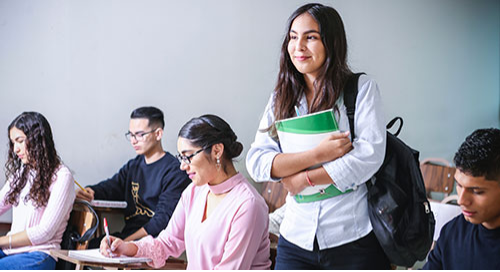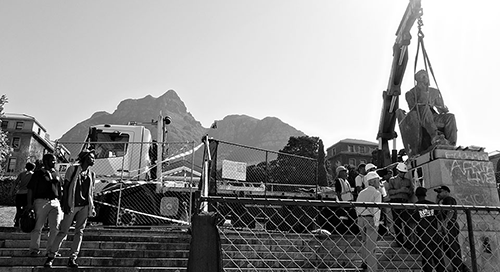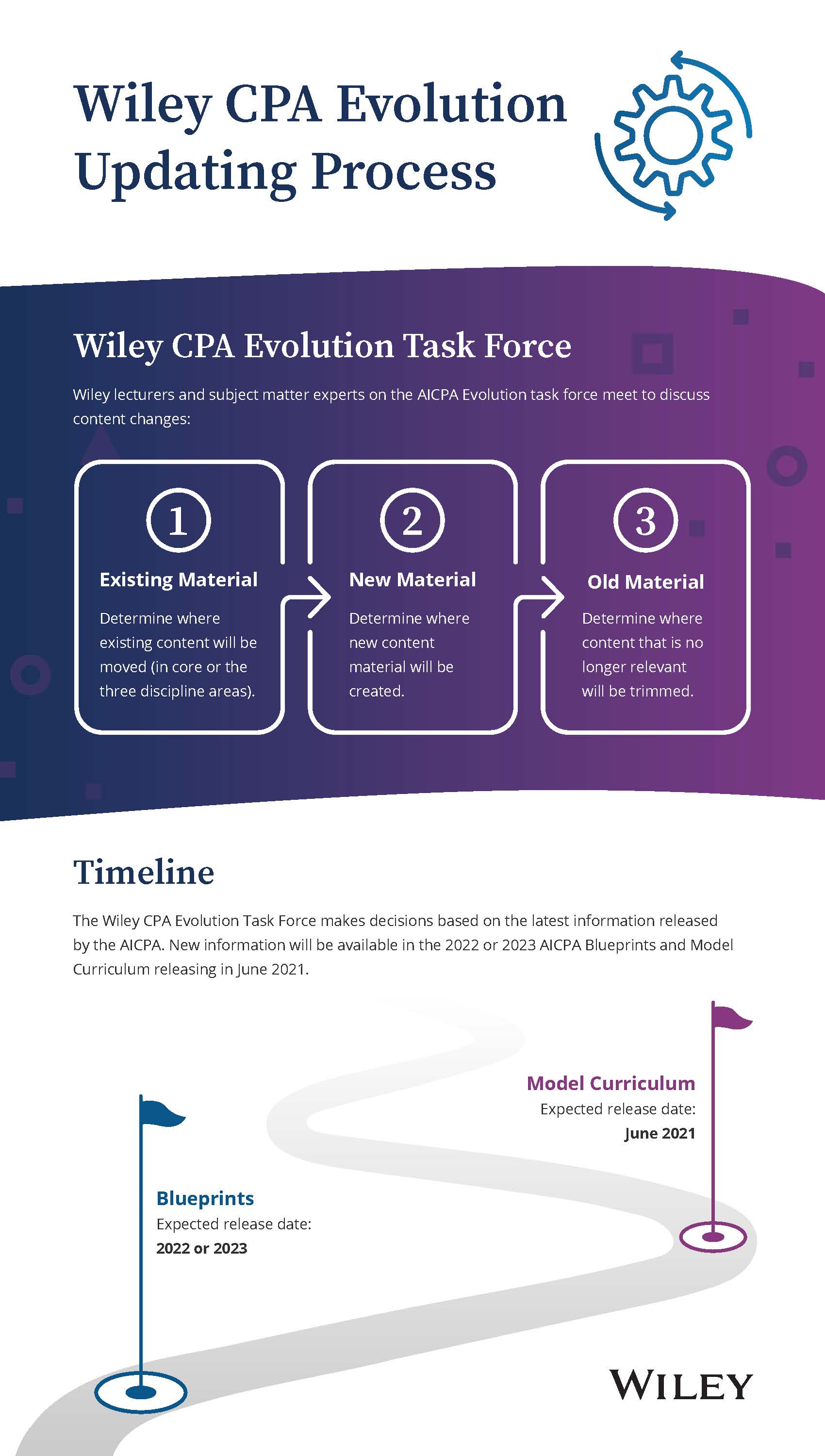media-literacy-what-does-it-mean-for-the-classroom-and-beyond
March 20, 2019
Diane Rubino is currently a communications instructor at New York University School of Professional Studies with a background in international nonprofit communications. She is also a Wiley Network contributor, an activist, and a Fulbright Specialist. I recently spoke Diane to get her take on the importance of media literacy for students.
Q. You recently wrote two pieces for The Wiley Network exploring information literacy and media literacy. What’s the difference and why are both important?
A. These terms are muddy. I fully expect that others have different interpretations. The way I approach the ideas is based on lay terminology. The Media is commonly used synonymously as The Press or journalism. So, I use “media literacy” to mean the news outlets students consult to stay informed about current events.
I started getting concerned a few years ago when a young woman used a quote in her paper that she treated as a fact, though it was clearly an opinion. When I reviewed her citations, I saw that the information was from an editorial posted on a partisan website. The site proudly touts its viewpoint. But she seemed unaware of the ideological perspective and its meaning as well as, more generally, the purpose of an editorial.
Editorials can be used as documentation, but there needs to be an understanding of what this type of communication is – a media savvy – that was lacking. It was at that point that I saw the need to focus attention on media literacy.
Information literacy, on the other hand, is much broader, encompassing, for example, anything one could find online. It enables students to ask: “Is this information true or not? What is the quality of it? Who’s behind it?”
Both terms are of central importance for students to conduct research and understand their society.
Q. You’ve taught classes of international students abroad in Bulgaria and the US. When teaching students from other parts of the world—some from countries where the media is controlled by the state—how does this affect your goal of imparting media literacy?
A. Unless they’d done some digging, anyone traveling overseas, myself included, is ignorant about which news outlets are reliable. But the understanding that research is needed is based on cultural expectations – being American means I expect the press to be free. The idea that media sources have different levels of accuracy, bias, or even penchant for sensationalism is also the result of training and experience.
While abroad, I had a number of international students who were openly critical of the press in their country. But others from the same place, age, and educational level were silent on this issue. There could be any number of reasons for this difference. Some are taught by parents what should be trusted, but these are the exceptions. Simply put, the opportunity to learn critical media skills is nonexistent.
It’s also possible that it takes time to absorb the unfamiliar idea of press freedom. Finally, students may be very critical of the press in their homeland but are afraid to express dissent. You never know what anyone thinks or feels; you only know what they say. So the onus is on the instructor to be aware that students come from different media environments with a range of attitudes toward the press. The instructor needs to consider how this impacts student perceptions and understanding.
That being said, unquestioned trust in media is not exclusive to international students; it’s a struggle for many US classes too. The student I mentioned earlier who misused a partisan website quote is American.
Q. You started asking your students questions to determine their media literacy. What did you discover?
A. I got a better understanding of the scope of media literacy issues when I began asking questions point blank, like: Can you name a US media outlet? Can you recall a recent news story? How do you stay current?
Q. Once students realize how much they don’t understand about the media, do they see the need to learn more? Or is the issue not a big deal to them?
A. Everyone is at least somewhat interested. To some, however, it’s an essential lesson. A student from a restricted-press country cited a jewelry store advertisement in one of her early writings, which led me to have a relevant lesson on this subject. She told me at the end of the semester what a revelation it was to learn that a jewelry store site is an unreliable news source.
Q. Do you get the sense students know that some content might appear to be from a legitimate news source, but in reality, it’s advertising—native advertising, as it’s called.
A. It’s rare that a student has heard the term native advertising. But once I explain, they get it right away. Then I show them examples of native advertising in class from news sites and point out how to identify it, so they’re not falling into that trap.
Q. What are some practical tips you can pass along to educators to cover media literacy in their classes?
A. Have conversations with students about news outlets. Where do they get current events? What news headlines can they recall? Can they name any reliable source, beyond the New York Times? Can they identify which outlets have partisan views? Can they explain how partisan views shape which stories are covered and how the story is discussed?
I share this information with a school librarian who comes to my class to give a short media literacy lesson. S/he can gear the lesson specifically to student needs.
Learning about press freedom in students’ countries of origin is useful for instructors. The Reporters Without Borders’ World Press Freedom Index is a straightforward guide to help understand international students’ media literacy skills.
Teach students about native advertising with John Oliver’s excellent overview of the subject.
A final quick fix is to provide a list of trusted resources for students to use when they conduct research. This limits the likelihood of selecting a low-quality news source. They’re welcome to go farther afield with a brief explanation of the site’s quality.
Although the formal definitions of media and information literacy are complex and overlapping, these quick steps provide a platform to understand better what both you and your students are up against.
Read Diane Rubino's article, "National Public Radio or 'National Review?': Media Literacy in the Classroom" to learn more about media literacy.
What are your thoughts on media literacy? Please leave your comments below.











